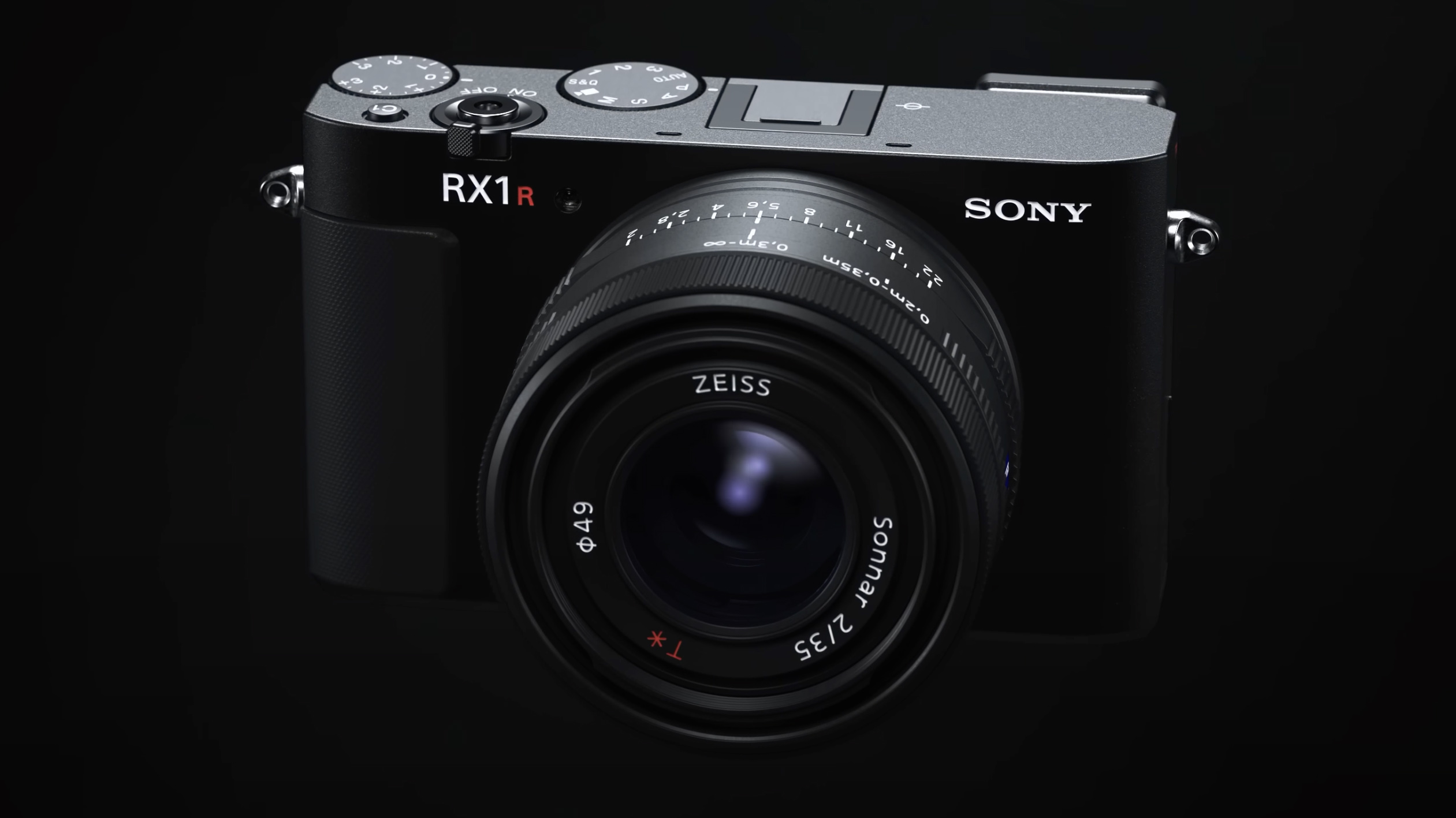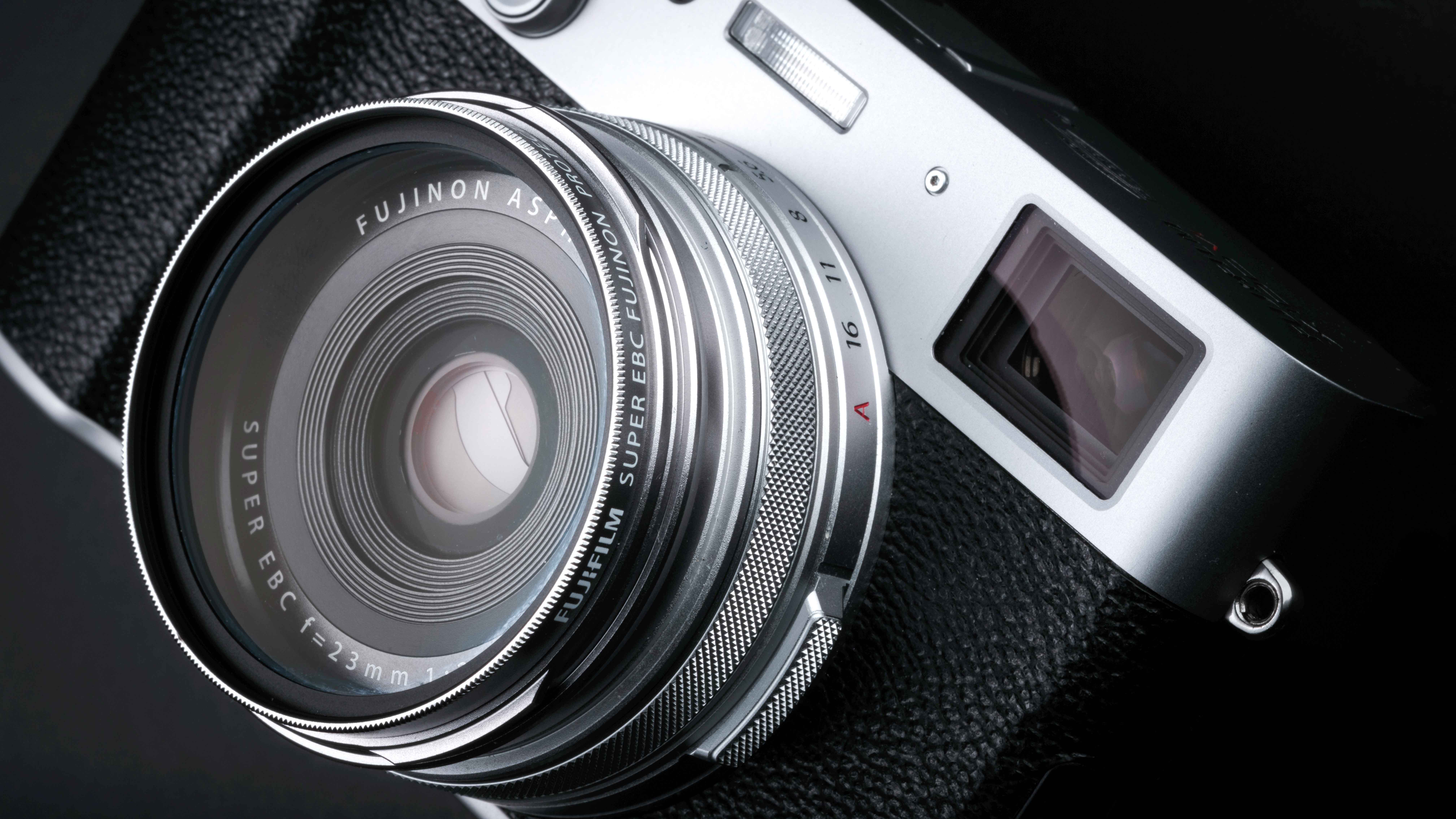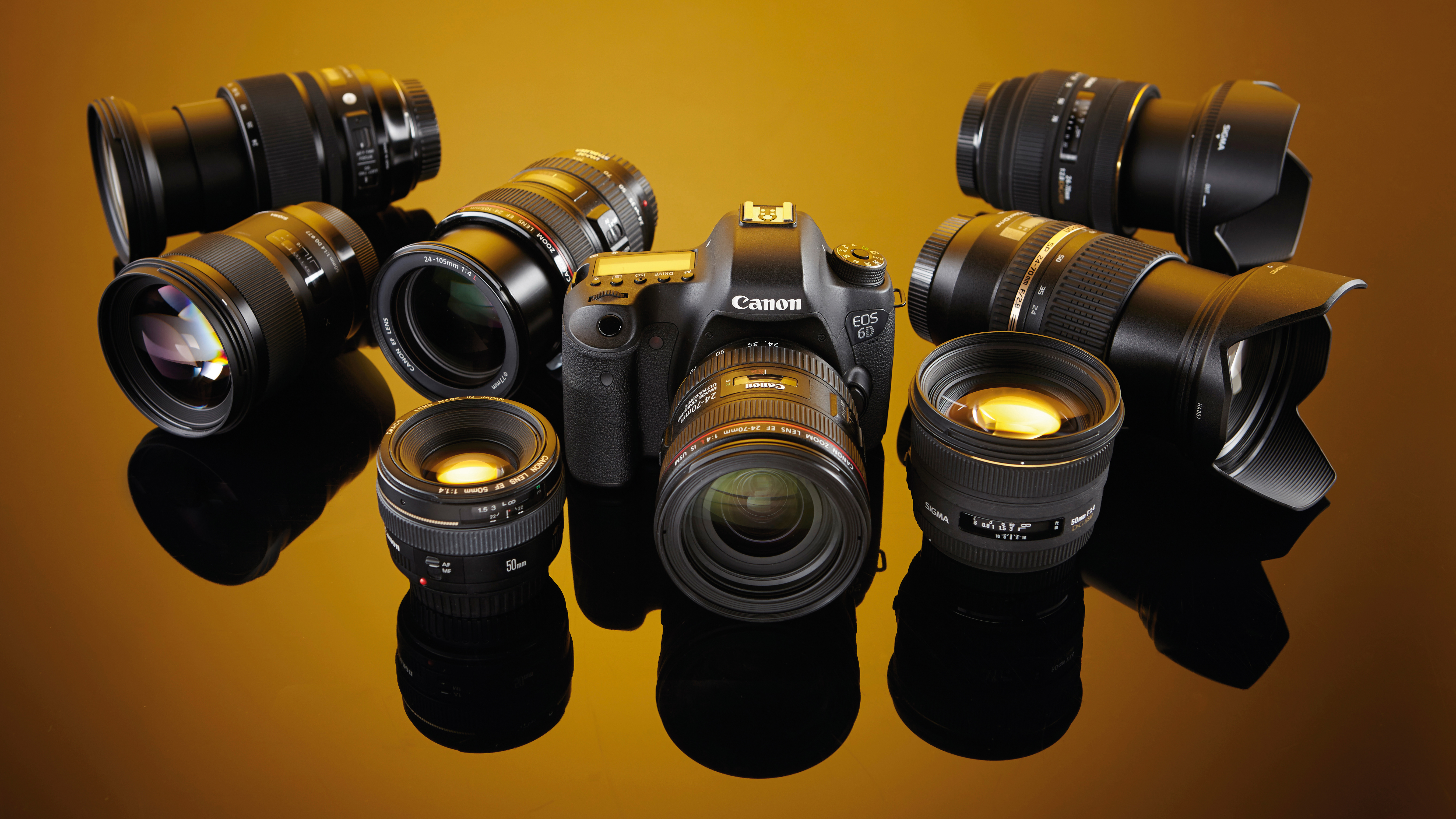T4K3.news
Sony launches RX1R III camera without tiltable screen
The new RX1R III, priced at $5,100, lacks the flexible screen feature from its predecessor.

Sony's RX1R III camera makes sacrifices in usability for the sake of compactness.
Sony prioritizes small design over user features in new camera
Sony's new RX1R III camera, highly anticipated for nearly a decade, does not include the tiltable screen found in its predecessor. Priced at $5,100, the RX1R III offers high-end features like a full-frame sensor, advanced autofocus, a longer battery life, and an electronic viewfinder. However, its design has become a point of contention as it remains rigid in structure, sacrificing usability for a smaller size. Critics argue that the lack of a tiltable screen limits the camera's flexibility and convenience, especially for street photographers. The RX1R III is only slightly larger than the previous RX1 model, but users believe it could have been made thicker to accommodate more useful features.
Key Takeaways
"Sony charges Leica-level prices for the RX1R III, but remains stubborn about size."
This reflects the criticism of Sony's lack of adaptability to user needs.
"Users are clamoring for features that enhance usability, not just compactness."
An important perspective highlighting what photographers value.
The RX1R III showcases Sony's ongoing struggle to find a balance between compactness and practical functionality. While the desire for smaller camera bodies has its merits, the decision to eliminate the tiltable screen raises questions about the priorities in design. As more photographers rely on comfort and usability, Sony risks alienating dedicated users who require features that enhance versatility. Competing brands like Leica seem to acknowledge user feedback better, suggesting that users are willing to embrace a slightly larger footprint for improved ergonomics and functionality.
Highlights
- Sony's RX1R III sacrifices usability for a smaller design.
- Photographers want features, not just compact size.
- Is small size worth losing a tiltable screen?
- Leica understands: user needs come first.
Design choices may cause backlash among users
Sony's removal of important features like the tiltable screen may alienate committed photographers who value utility over compactness.
Sony may need to rethink its design philosophy to meet modern photography demands.
Enjoyed this? Let your friends know!
Related News
Sony launches RX1R III camera

New tech gadgets launched this week

Sony announces the RX1R III compact camera

High megapixel compact cameras can hurt your photos

Cameras That Shaped Photography over 19 Years

Samsung launches Galaxy Z Flip 7 and Z Fold 7 with discounts

Sony Xperia's market presence dwindles

Rematch updates now available on Xbox Game Pass
